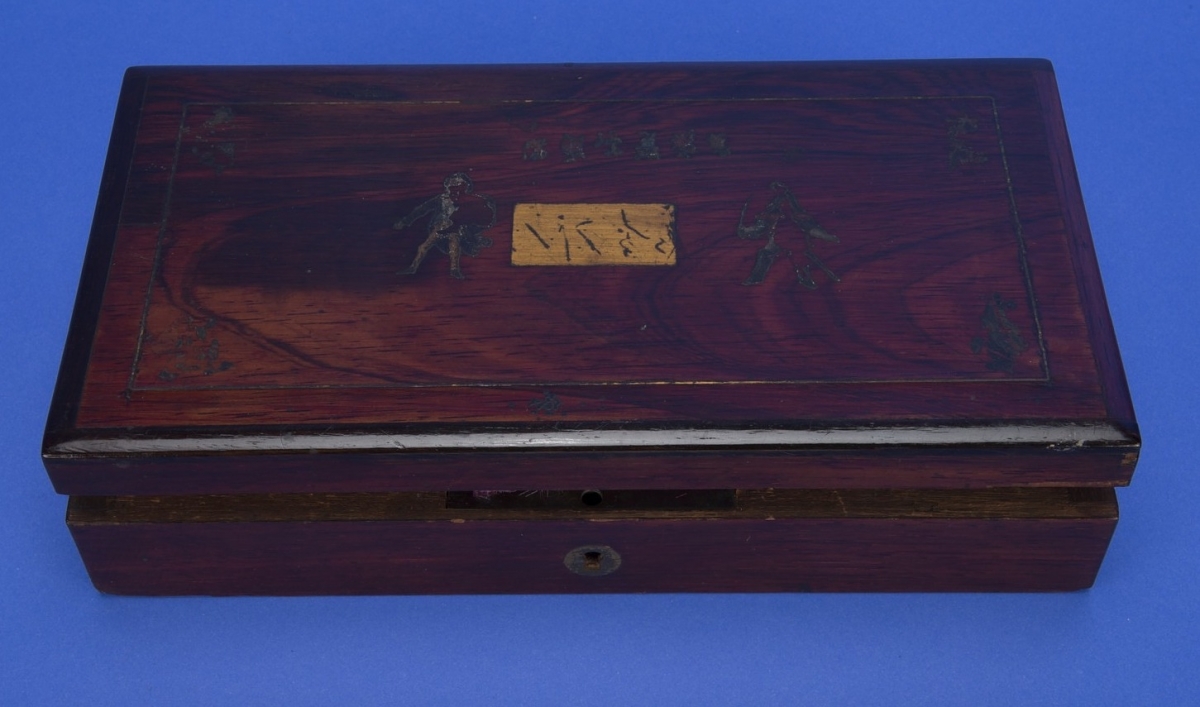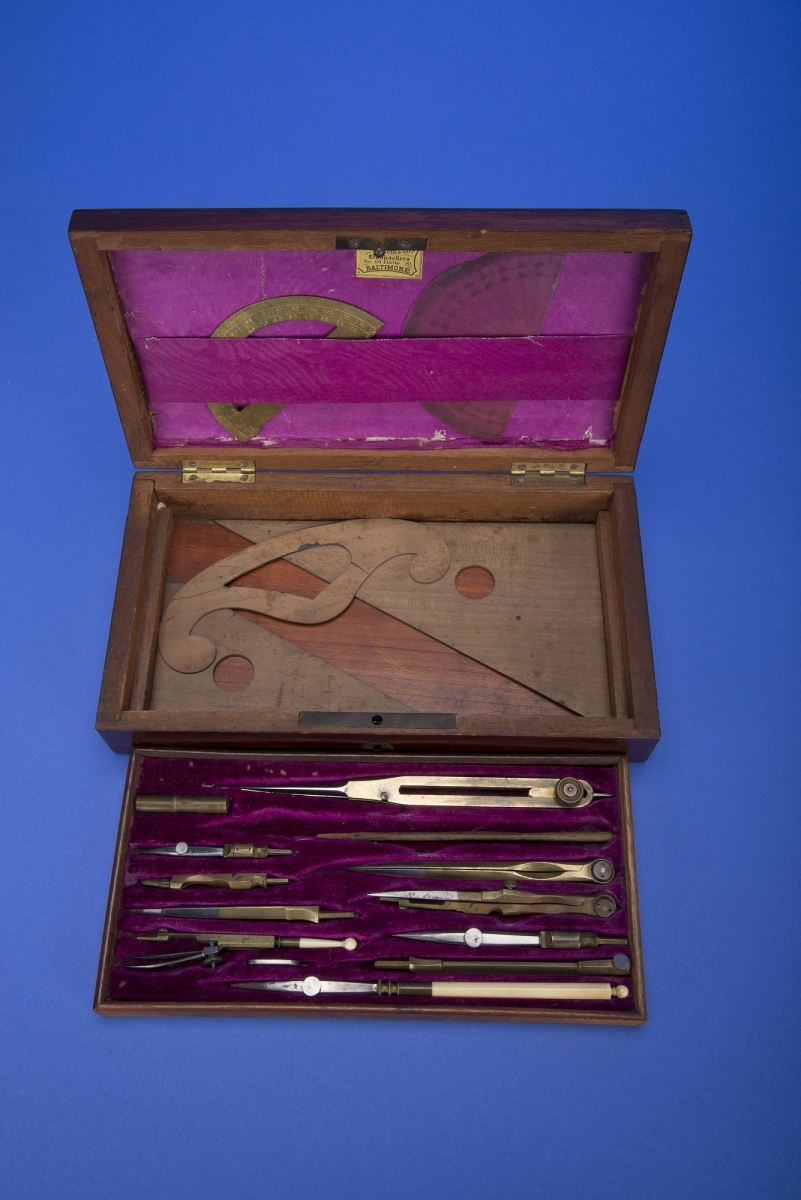- About MAA
- Membership
- MAA Publications
- Periodicals
- Blogs
- MAA Book Series
- MAA Press (an imprint of the AMS)
- MAA Notes
- MAA Reviews
- Mathematical Communication
- Information for Libraries
- Author Resources
- Advertise with MAA
- Meetings
- Competitions
- Programs
- Communities
- MAA Sections
- SIGMAA
- MAA Connect
- Students
- MAA Awards
- Awards Booklets
- Writing Awards
- Teaching Awards
- Service Awards
- Research Awards
- Lecture Awards
- Putnam Competition Individual and Team Winners
- D. E. Shaw Group AMC 8 Awards & Certificates
- Maryam Mirzakhani AMC 10 A Awards & Certificates
- Two Sigma AMC 10 B Awards & Certificates
- Jane Street AMC 12 A Awards & Certificates
- Akamai AMC 12 B Awards & Certificates
- High School Teachers
- News
You are here
Keys to Mathematical Treasure Chests
Objects and documents provide signposts alerting us to important stories in the history of mathematics and mathematics education. Publications of the eminent usually receive the most attention from historians. However, instruments made for exploring new subjects, for automating or partially automating mathematical procedures, and for communicating ideas also offer intriguing glimpses into the past, as well as a better understanding of the present. They are representations both of mathematical practice and of the people who contributed to it.
To spread awareness of objects, historians of mathematical instruments have tended to rely on printed publications and on exhibits—be they in museums or in university hallways. In the 21st century, the advent of online databases has made collections information much more widely available. In particular, during the recent COVID-19 pandemic, when museums were closed and libraries had limited access, such databases gained new importance both for staff who work with collections and for those who might like to use them. These databases are capable of revealing—or, occasionally, of hiding—“mathematical treasures” that have sometimes been featured in journals such as Convergence. Indeed, like library catalogs, the databases serve as keys to entire treasure chests—hence the title of this series.

Figure 1. A closed chest of mathematical instruments, as a metaphor for online collections waiting for users
to access them in their research and teaching. Smithsonian Institution negative number NMAH-DOR2013-17228.
Yet, construction of an informative, accessible database does not happen automatically. Good people differ about how best to present collections information. Should one share all the data accumulated over the years, no matter how incomplete or inaccurate—or would this be confusing and misleading to teachers and schoolchildren? How important is standard vocabulary—and whose perspective should one take when choosing terms? For example, many if not most English-speaking people refer to equally divided scales as rulers. Collectors of such things refer to them as rules or scale rules—which term should go online? Is it more important to describe the physical characteristics of an object (which are of great interest to someone who might wish to exhibit it), or the people and companies who made and used it? How important is it to cite sources of the information presented? To what extent is it useful to prepare groups of like objects (such as all the protractors in a collection) and discuss the history of the protractor generally? To what extent should one solicit comments and insights from those consulting the database? Readers may find such questions arcane, but they shape the online databases they might consult. Instructors and historians, especially, may thus find it valuable to keep these questions in mind as they delve into the varied collections databases and institutions introduced in the articles that follow. Quite simply, different museums and archives manage collections differently.
Even though there may not be, for instance, universal standards for formatting information about individual objects, multiple collections databases can be consulted together to enrich academic research into or classroom explorations of specific categories of mathematical objects. This series is designed to carry out some of that legwork for audiences, to offer examples of how these online databases can be mined to unlock the collections that they preserve. It is our hope that readers of Convergence will explore such treasure chests, which may draw together disparate resources that relate to a common endeavor or more deeply explore the collections of a single institution, and consider employing them in today’s mathematics classrooms.

Figure 2. A National Museum of American History database provides the metaphorical “key”
to open this chest, which contains drawing instruments made by the French company
Compas Supérieurs and other makers, sold by the Baltimore bookseller William Minifie & Son
around 1900. Smithsonian Institution negative number NMAH-DOR2013-17228.
Peggy Aldrich Kidwell (National Museum of American History, Smithsonian Institution), "Keys to Mathematical Treasure Chests," Convergence (July 2021)




